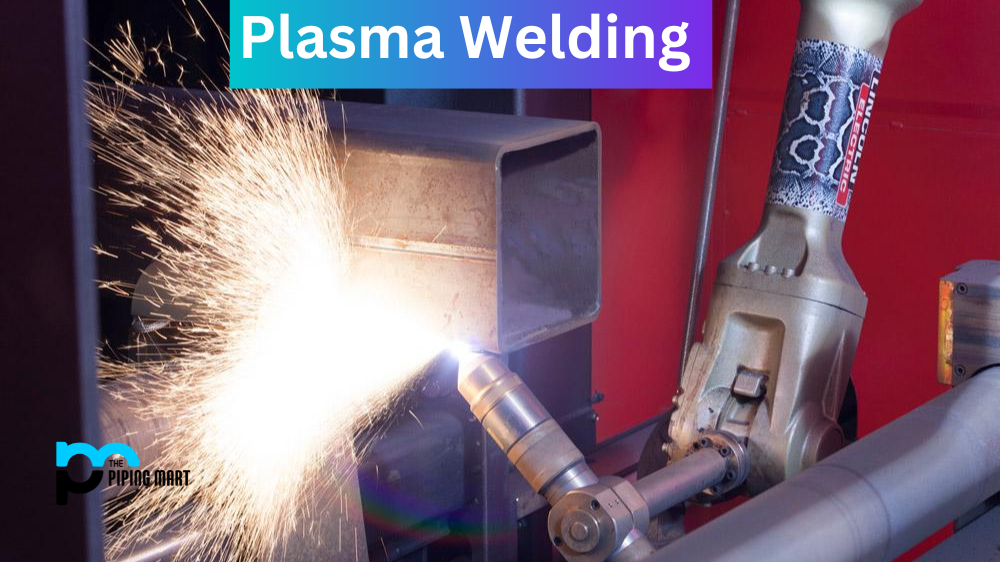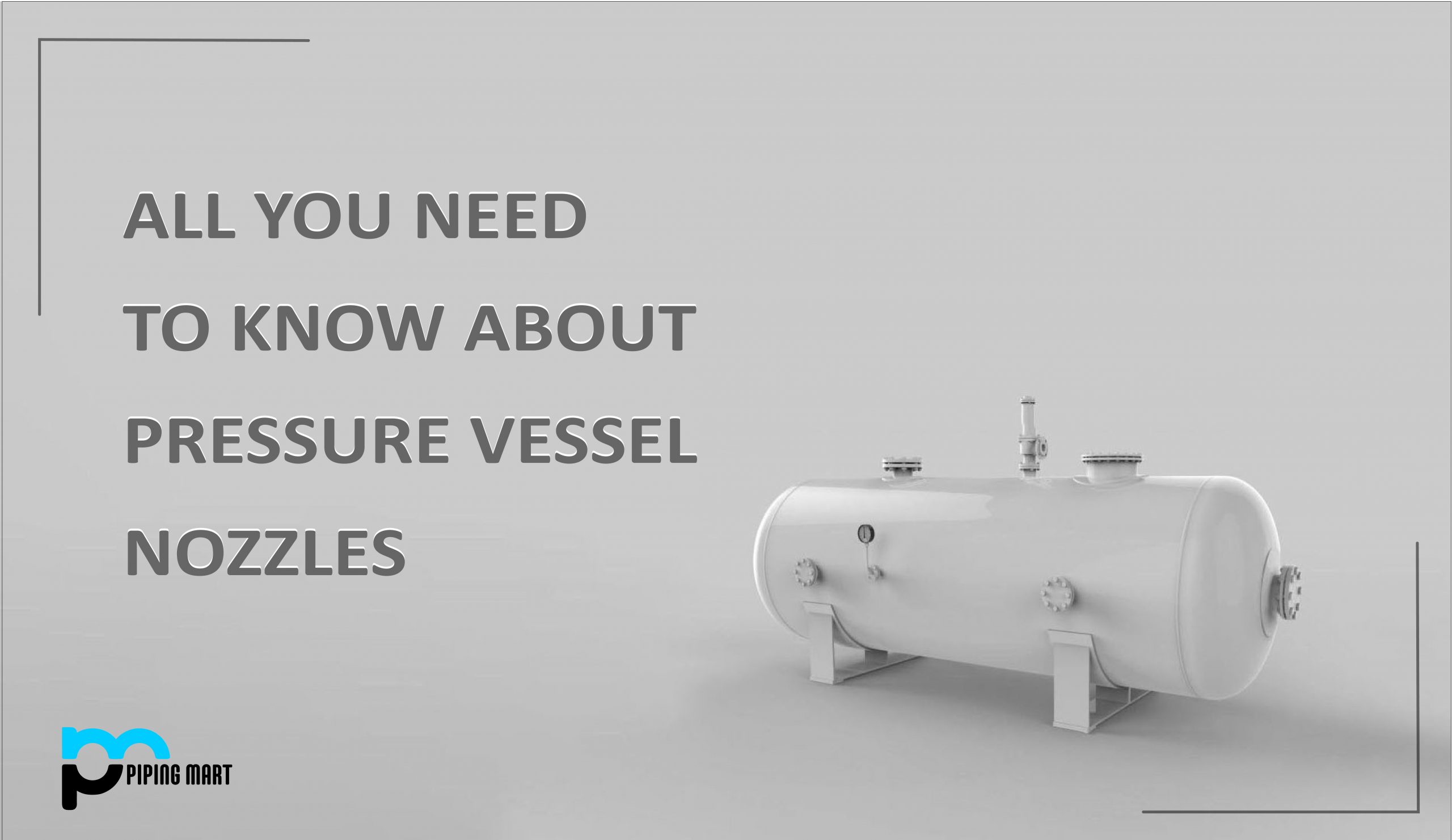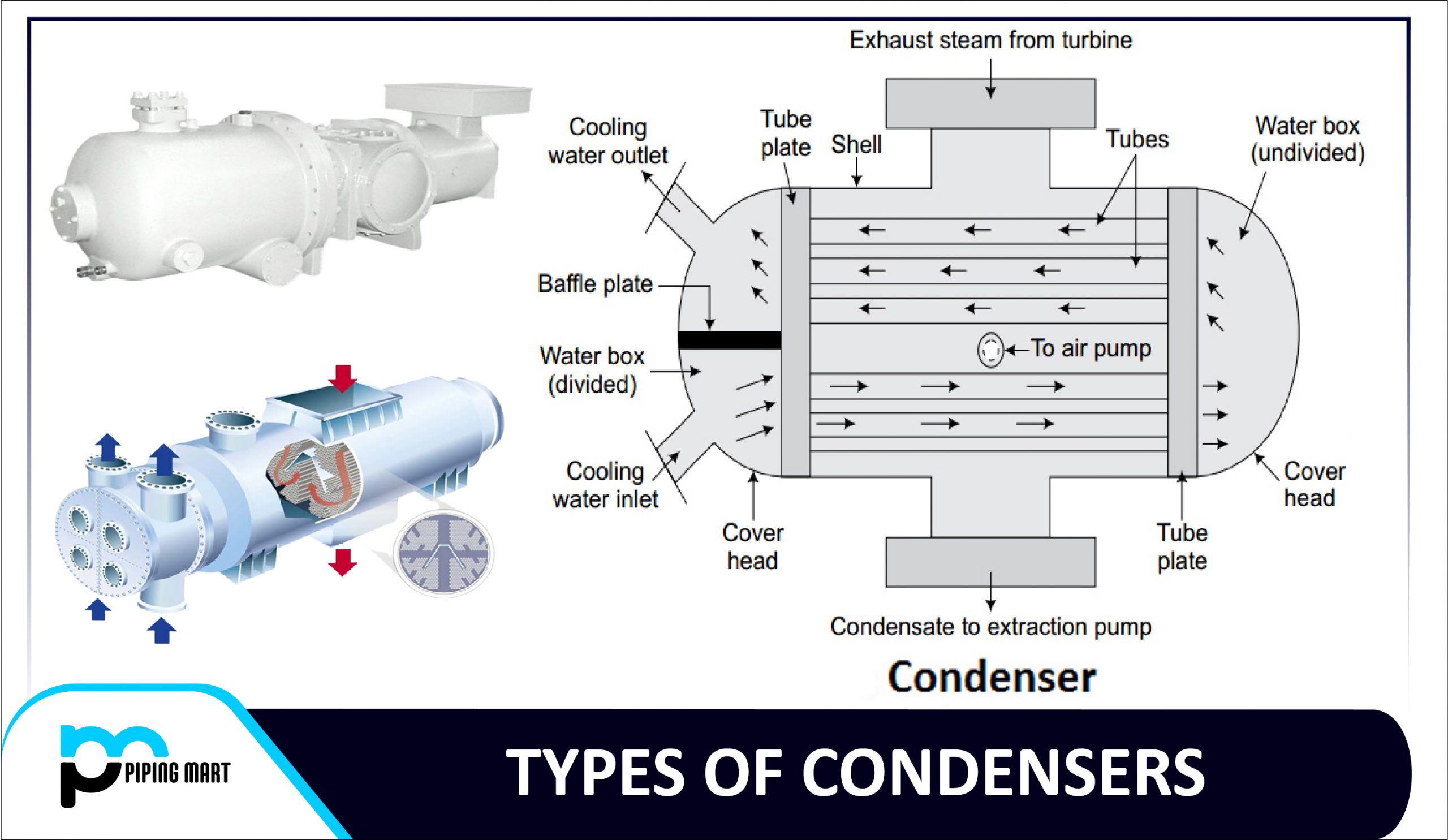For those in the industrial manufacturing industry, plasma welding robots are becoming an increasingly popular option for Welding and fabrication. But what exactly is plasma welding, and how does it work? Let’s take a closer look at this revolutionary technology and explore why it benefits welders.
What is Plasma Welding robot?
Plasma welding is an automated process that uses ionized gas to produce intense heat to join two pieces of metal together. It is the most precise form of Welding available and can create very narrow, high-quality welds with minimal distortion. It also produces a much higher quality weld than traditional arc or gas welding methods.
Plasma Welding Robots Uses
Plasma Welding robots have become commonplace in many industries due to their precision, speed, and efficiency. In particular, automotive manufacturers have been using plasma robots since the 1990s because they can quickly and accurately weld parts together with minimal distortion. Other industries, such as aerospace, shipbuilding, structural steel fabrication, medical device manufacturing, metalworking, power generation equipment construction, and more, use this technology for its many advantages over traditional welding methods.
How Does Plasma Welding robot Work?
Plasma welding passes an electric current through a gas—typically argon or helium—that has been ionized into a “plasma” state. This creates an extremely hot arc which melts the metals being joined together. The hook is then transferred from one metal piece to another to complete the joint without creating any gaps or imperfections in the weld itself. A robotic arm working with programmed parameters can complete the entire process quickly and accurately.
Conclusion:
Plasma Welding robots offer numerous benefits over traditional methods of joining metals together, including improved accuracy and faster production times. With their increased precision, they can also produce high-quality welds with minimal distortion compared to other types of welding processes, such as arc or gas-based systems. As advances continue to be made in robotic technology, we can expect even more improvements in terms of accuracy and speed when it comes to plasma welding applications in the future!
Meet Heer, a dynamic and driven writer learning tricks of her trade in the metal industry. With a background in Digital Marketing, Heer brings a unique perspective to her writing, sharing valuable insights. Apart from blogging she like reading and hiking.




